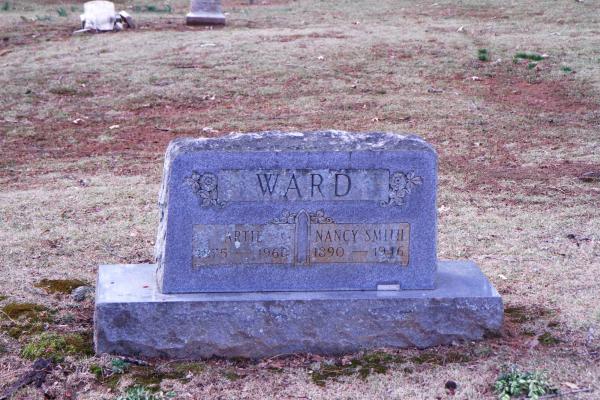Apr 20, 2017
Misidentified or abandoned slave cemeteries aren’t unusual in the United States. In Virginia alone, Rainville estimates that at least 60 percent of the state’s slave cemeteries are unidentified, damaged, or built over — and even when preserved, very few people know about them.
“For every white burial, there is a black burial somewhere. But today, there are many more preserved white cemeteries than there are black cemeteries, especially slave cemeteries,” Rainville said.
Read the Full Article

Already a subscriber? Login
